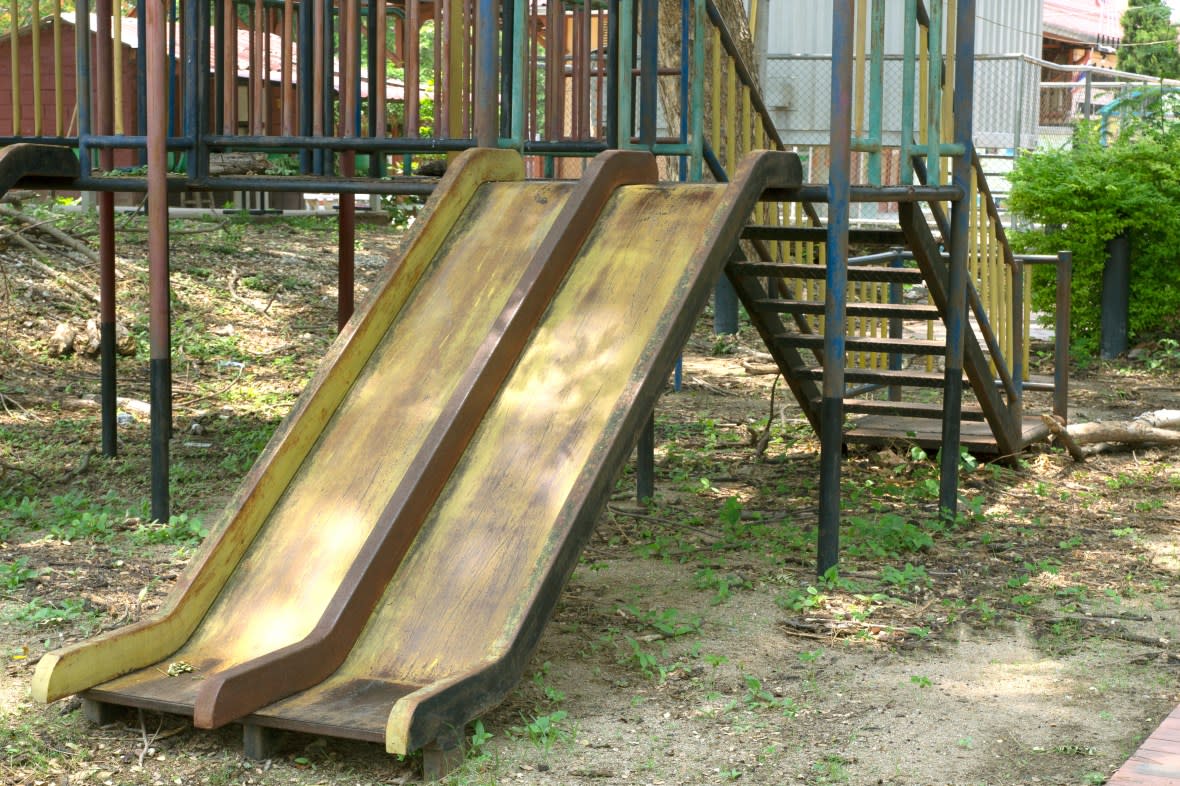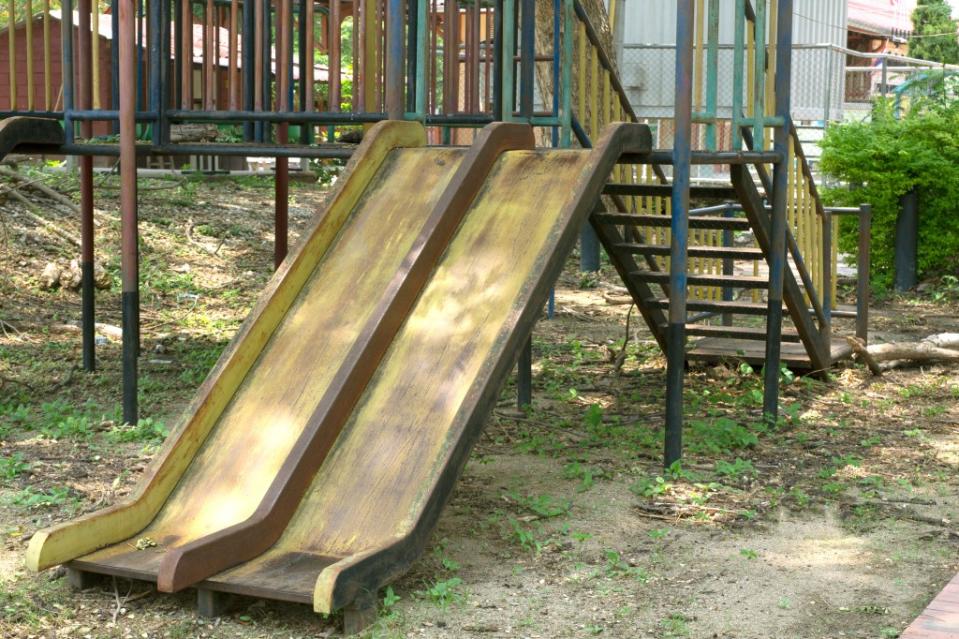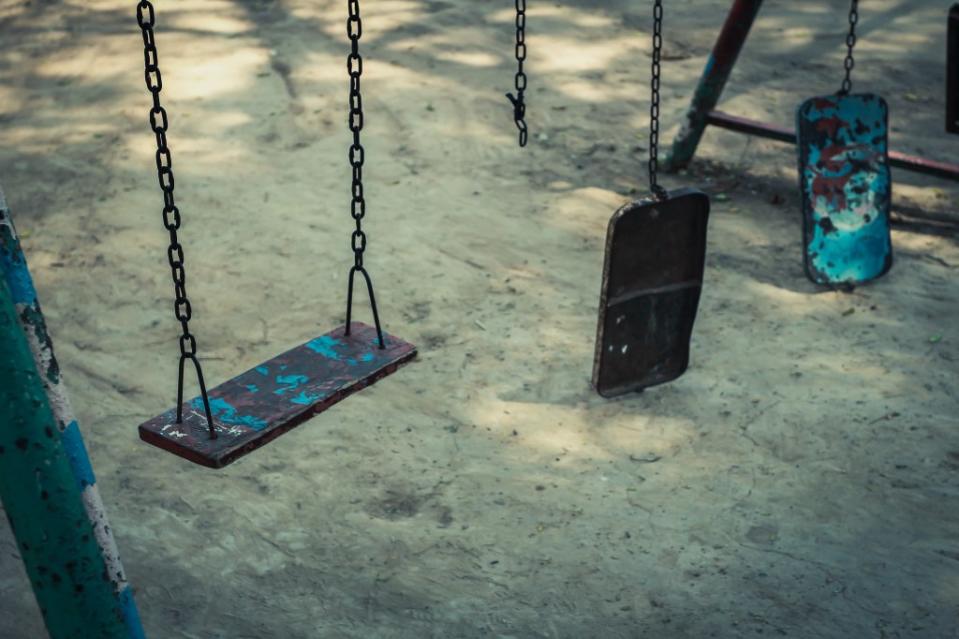Earth Day reminds us that access to nature isn’t equal, especially for Black children

Across the country, minorities in low-income neighborhoods struggle to find open and high-quality park and playground spaces in their communities.
Whether it’s discriminating in mortgage lending, destroying vibrant Black neighborhoods with interstates or providing fewer trees for shade and healthier air, America has a history of limiting land use for Black people. Those decades-old practices, in some cases centuries-old, affect Black children to this day.
In Black neighborhoods, parks are half the size of parks in white neighborhoods and nearly five times as crowded. As nations recognize Earth Day, an event meant to promote protecting and sustaining the planet while enjoying nature responsibly, it’s apparent that Black children lack equal access and freedom to experience nature regularly.
Minorities in low-income neighborhoods across the nation struggle to find open and high-quality park and playground spaces in their communities. As a result, kids of color face higher risks of physical health issues such as obesity, as well as mental health struggles like anxiety, depression and a lack of concentration.

“When you think about what kids need in order to thrive, kids learn through play,” Lysa Ratliff told theGrio. Ratliff is CEO of KABOOM, a nonprofit organization that works with communities to build playgrounds for children. “Kids experience and navigate life through play and not having access to great places to play is detrimental to their full development. If you’re in a community that is full of nothing but concrete and abandoned buildings, that environment affects the development and behavior of the kids that live there.”
Dr. Yolanda Lawson is president of the National Medical Association, an organization founded to amplify the voices and interests of patients and doctors of African descent. She says being active in outdoor spaces has excellent long-term benefits. “We see all kinds of health issues when kids aren’t around green parks and playgrounds,” she says. “Poor sleep, behavioral changes and higher obesity rates. Green space is important to us all, but especially important when you talk about children.”
It’s no accident that Black neighborhoods have fewer parks and playgrounds for their children. According to a 2022 report by KABOOM, the disparities could be the result of discriminatory land and housing policies. “It’s interconnected with all of the other disparities that we see in communities of color,” Ratliff said. “If you think about the history of redlining and the infrastructure that has been built in our country, it’s where investments have been made.”

Venora Avil, a Black mother in Brooklyn, said she feels the same way. She lives in Brownsville with her two children ages 4 and 6. There’s a small playground a few blocks from her apartment, but it hasn’t been renovated or improved in decades. “I want my kids to be active, so I take them there a lot, but the park is falling apart,” Avil said.
The closest green park is 30 minutes away, which is difficult for her to visit consistently. “I know it’s important to be around trees and nature at least sometimes,” Avil said. “So even though it’s not convenient for us, I try to get them to Prospect Park when I can.”
In addition to a shortage of parks and playgrounds, communities of color are deprived of natural green spaces and the associated health benefits. A 2020 report published by the Center for American Progress, a public policy research and advocacy organization, explained that the United States has historically kept people of color away from public land and natural locations.
“For more than a century, the movement to protect parks, public lands, and other natural places in the United States has been dominated by white people and perspectives,” the report said. In fact, 68% of Black people live in a “nature deprived” area, compared to 23% of white people.
Recommended Stories
Lawson says it’s going to take action from community organizations and local governments to create and improve more outdoor recreational spaces in neighborhoods that need them. “There are things we can do through our housing authorities to make sure there are policies that preserve and develop green spaces,” she said.
On the advocacy side, organizations like KABOOM identify specific neighborhoods that need parks. Then partnerships are forged with local groups and leaders to draw the right investments and plans to build or improve the parks.
“We’ve got a lot of problems to solve especially in the racial equity space where we have inherited a legacy of racial policies,” Ratliff said. “But luckily we can solve this problem. We know what we need to do. We just need to build more playgrounds and parks for our kids.”
The post Earth Day reminds us that access to nature isn’t equal, especially for Black children appeared first on TheGrio.